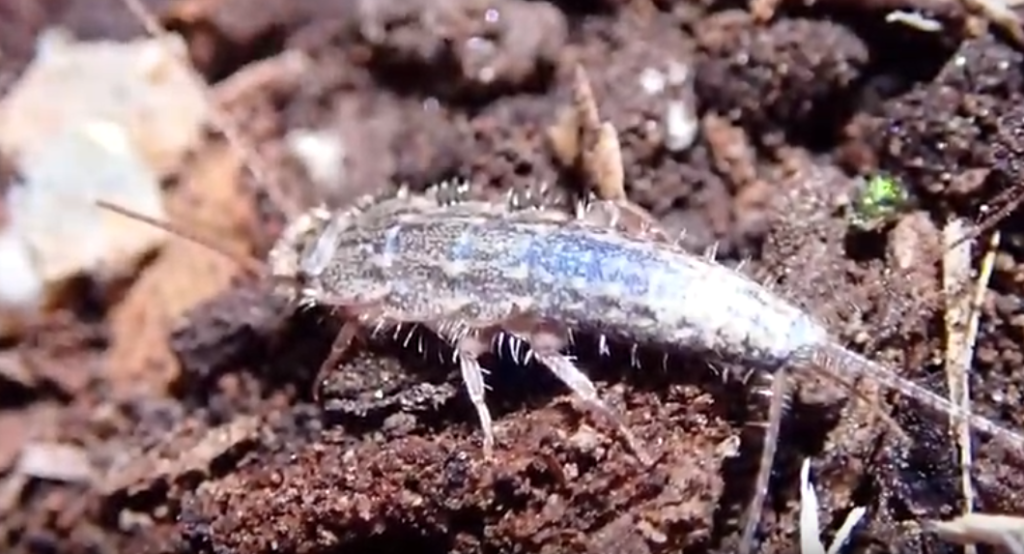
Silverfish have been around for over 400 million years, making them one of the oldest species of insects to crawl the earth. Its name derives from the animal’s silvery light grey colour, combined with the fish-like appearance of its movements. Silverfish are night-time creatures and are extremely sensitive to light. They prefer damp, high humidity conditions such as sinks, attics, kitchens, and damp basements. Many times people will find silverfish in sinks and bathtubs as a result of falling from a exhaust fan and not being able to climb out of the slippery surface of the sink or tub. These insect are mainly a nuisance pest but they do consume a diet rich in polysaccharides such as starch, cellulose and sugars found in books, wallpaper, paintings, clothes, dust, and kitchen and pantry’s. They are known to moult their entire adult lifespan, shedding their exoskeleton over 70 times and their exoskeleton can cause an allergic reaction. To get rid of silverfish use a dehumidifier, vacuum a lot and get a professional in to assess the situation.
gogreenpestcontrol.ca insectandrodentexterminators.com Delta Ladner Tsawwassen B.C., Randy Bilesky BsF CPA RPF
https://www.linkedin.com/pulse/silverfish-how-did-get-randy-bilesky/?published=t








